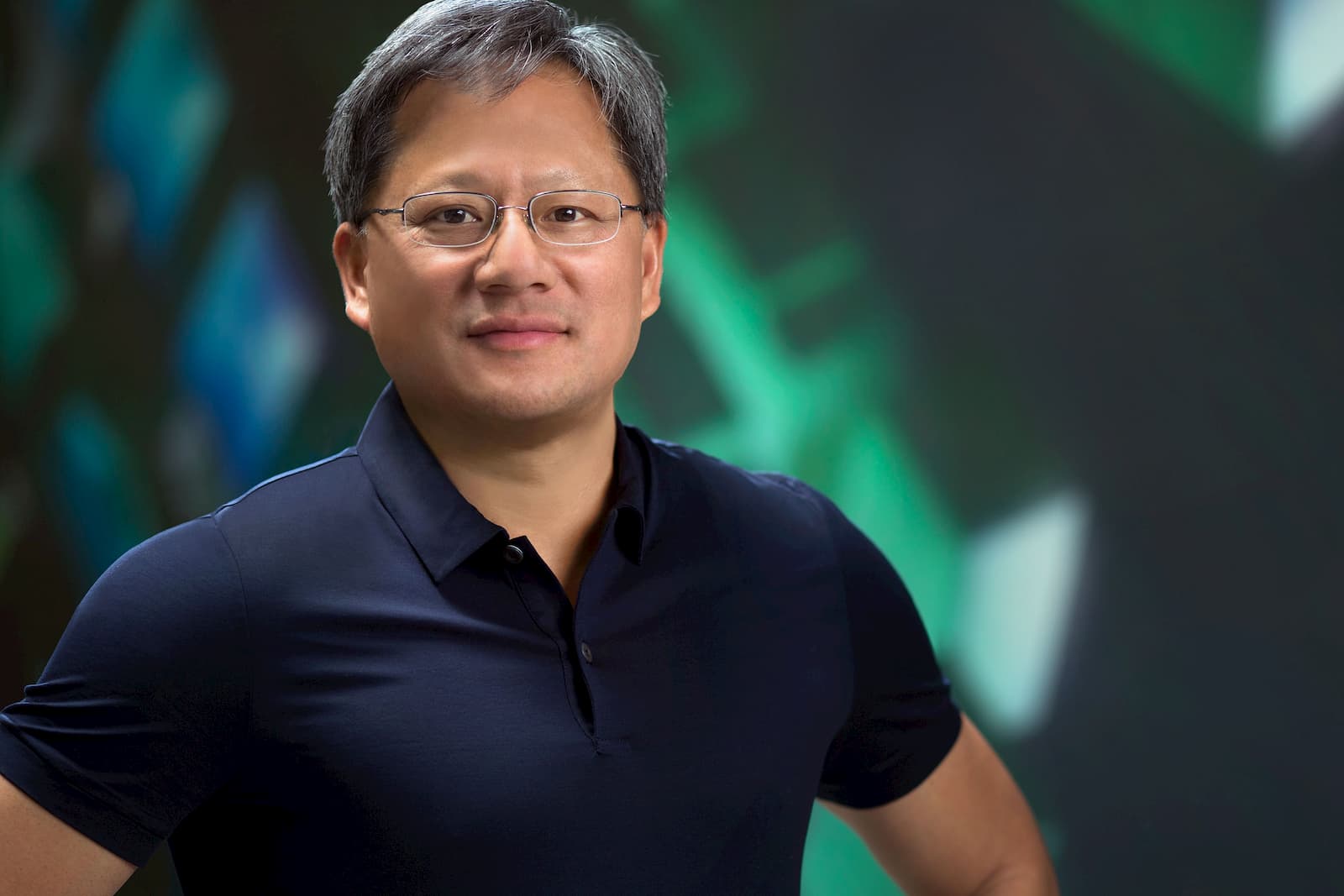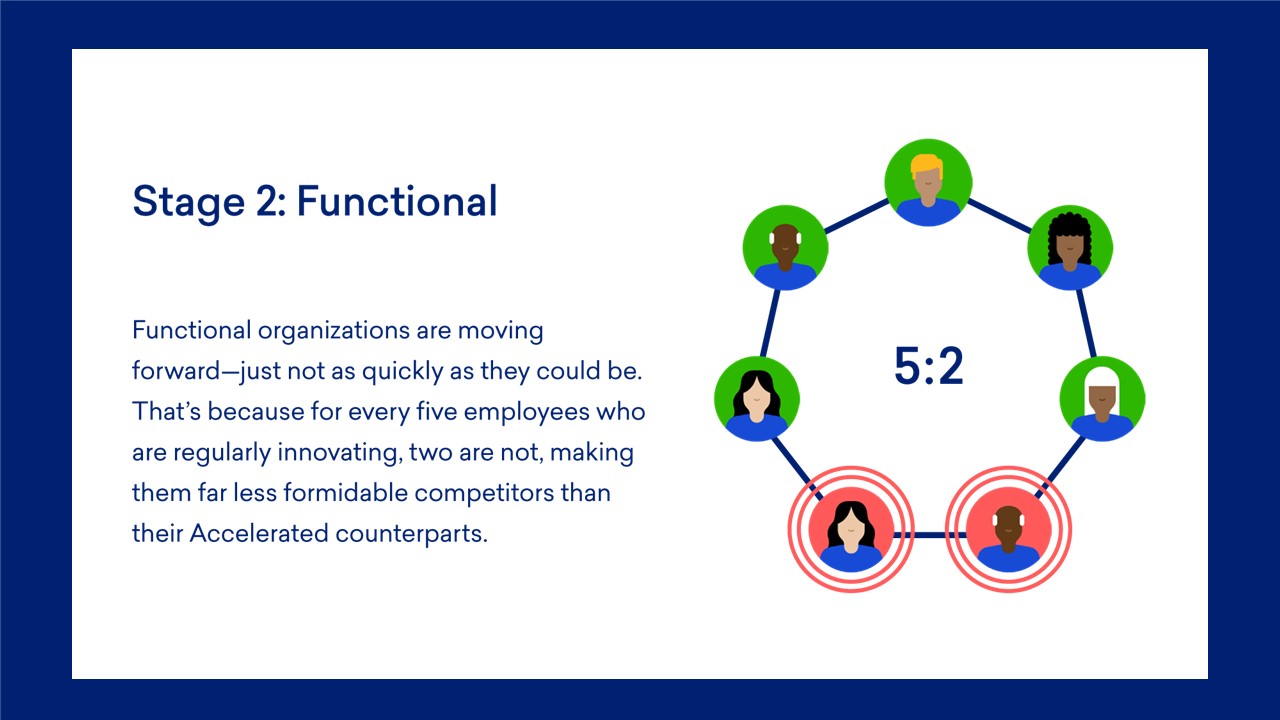
AI (Artificial Intelligence), Employee Experience, Innovation, Leadership & Management
Nvidia is flying high and fast these days. The Santa Clara, California-based company has transformed from a niche player in the computer gaming field into a leader in foundational technologies for industries of the future—artificial intelligence, self-driving cars, virtual reality, and advanced robotics.
Revenue skyrocketed last year by 41 percent to nearly $10 billion. Analysts can’t say enough good things about the 11,500-person firm. “AI [artificial intelligence] is a multi-decade investment theme and Nvidia’s technologies sit in the pole position,” according to Susquehanna Financial Group Analyst Christopher Rolland. And in December, Fortune named Nvidia’s CEO Jensen Huang as 2017’s Businessperson of the Year.
How has Huang led the 25-year-old firm from a maker of graphics processor units known mostly to semiconductor insiders and hard-core gamers to today’s “it” company of Silicon Valley and the envy of would-be-innovators?
Simple. He didn’t lead or innovate, at least not according to the conventional rules and wisdom that have dominated corporate America for the past few decades. Huang hasn’t screamed at teams or micromanaged new products in the vein of Steve Jobs. He hasn’t walled off an elite R&D corps in charge of inventing the next big thing. He hasn’t punished divisions that failed to deliver results with layoffs or reduced reputations.
Instead, he’s led a new, emerging approach to innovation. For example, when a team of more than 1,000 engineers failed to establish a firm foothold in creating mobile-phone chips in 2014, Huang retained that talent and trusted them to find a new market. Sure enough, the group pivoted that same year to join forces with the company’s existing automotive computing unit. That unit had focused on digital displays, but the influx of engineers helped Nvidia develop hardware to power self-driving cars – a booming revenue source. The company’s automotive unit sales have tripled from $183 million in its 2015 fiscal year to $558 million last year—with 370 automakers and suppliers as customers.
Despite the automotive success and its other novel technologies, Nvidia doesn’t rely exclusively on its 200-scientist research department for breakthroughs. Those scientists work to push the boundaries of technology in machine learning, computer vision and other areas. But Nvidia’s innovations come from throughout the organization. In fact, it can be hard for an outsider to understand how Nvidia marshals its talent.
“We don’t really have divisions in the company,” says Rev Lebaredian, Nvidia’s vice president in charge of next-generation video game products and a 16-year veteran of the organization. “There’s actually no place in the company you can go to find the org chart.” This may sound crazy-making to some. But Lebaredian and other Nvidians will tell you that it’s Huang’s leadership and the company culture that make this lack of a formal structure highly effective. Huang sets an initial course, works alongside his employees as a peer, and actively shows faith in his people—all his people—to find a way.
It’s how the company created its competitive advantages in fields like the technology that powers self-driving cars and artificial intelligence. “The reason why we’re here today is because of big bets that we made ten years ago,” Lebaredian says. “We just have a sense that the problems that we’re trying to solve are important.”
As it pursues big problems, Nvidia acts like a giant flock of minds, constantly shape-shifting as new opportunities and threats emerge. A team pops up here to enable “deep learning” in robotics; another forms there to break new ground in virtual reality; yet another charts a new course in workplace diversity within the famously insular tech industry. It might seem chaotic. But every initiative comes after careful consideration by multiple “Nvidians,” who wouldn’t have Huang trade their inclusive approach to innovation for the world. “This company is constantly transforming itself,” Lebaredian says. “We’re innovating our own architecture.
Download our entire Innovation by All report today for the full story.










